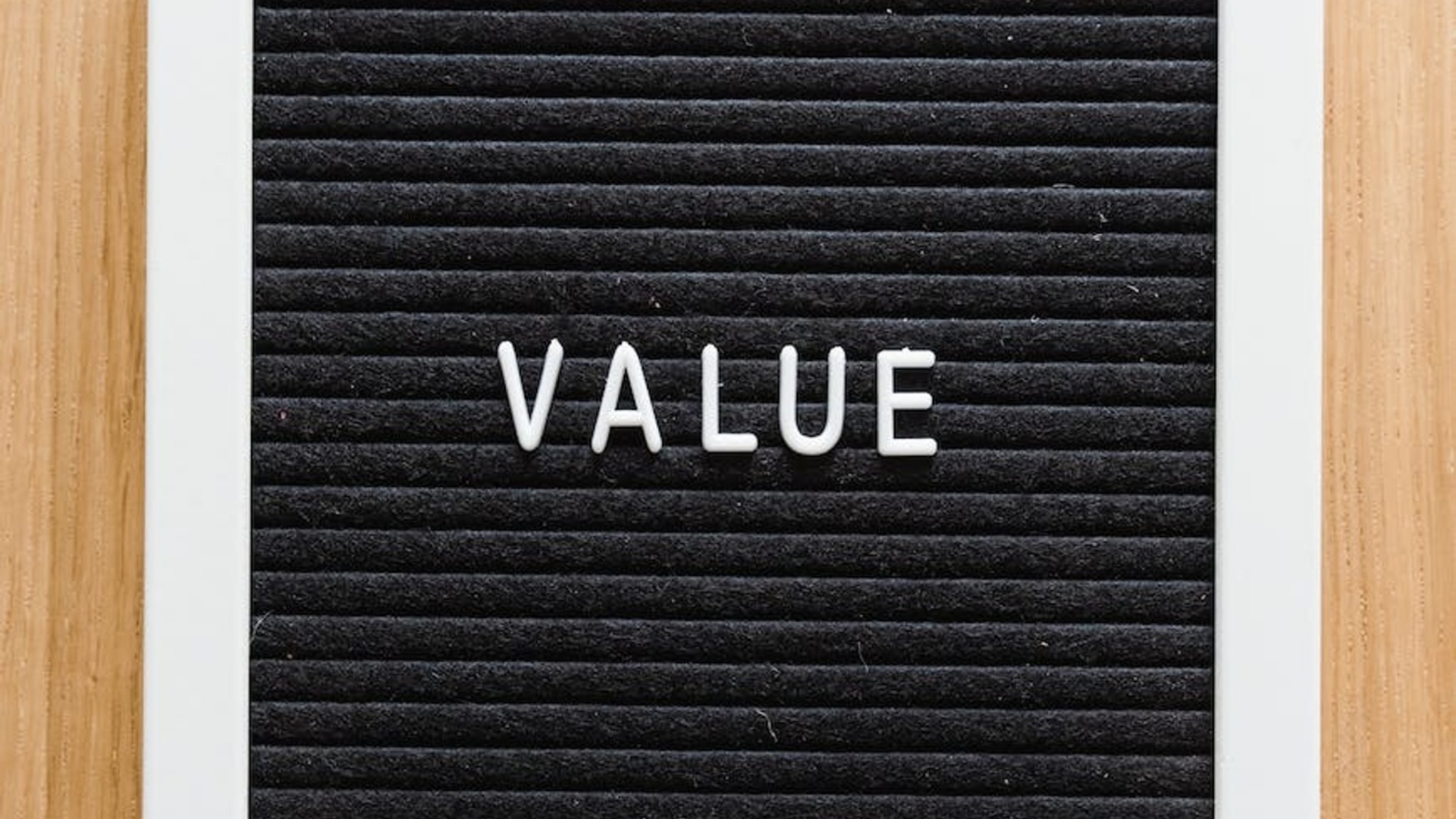
Share Badr Ait Ahmed The Illusion of Strategic HR Without Data For decades, HR has been trying to earn a “seat at the table.” Many

For decades, enterprise value has been modelled through balance sheets, EBITDA multiples, and discounted cash flows, an impressive exercise in precision built on incomplete data. The numbers tell us what a company has, but not what it can sustain. They overlook the human engine behind performance: leadership cohesion, execution readiness, cultural stability, and the depth of critical skills that turn strategy into outcomes.
Human capital has long been recognized as the most strategic asset, yet it remains largely invisible in due diligence and valuation models. The reason is simple: what can’t be measured is often ignored. But ignoring it doesn’t make it less material.
When a leadership team fractures post-close, when critical talent walks out the door, or when a culture resists integration, the financial model collapses. Those aren’t random events—they’re quantifiable risks that can and should be modelled like any other form of enterprise exposure.
Quantifying the human side of value isn’t about turning people into numbers; it’s about turning guesswork into foresight. Attrition risk, skill redundancy, engagement health, and leadership effectiveness can be scored, trended, and compared. Together, they reveal whether an organization has the resilience to deliver on its financial promises.
Every deal thesis—cost synergy, growth acceleration, or transformation depends on people executing a plan. Yet human capital remains treated as an assumption, not an input. Traditional due diligence checks the financial, legal, and operational boxes but leaves the human factors, leadership depth, change capacity, and workforce agility unmeasured.
That’s why integration failure rates remain stubbornly high. According to multiple studies, up to 75 % of mergers and acquisitions fail to deliver intended value, most due to human or cultural breakdowns. These aren’t cultural “fit” problems; they’re value leaks that could have been modelled, forecasted, and mitigated.
With the rise of people analytics, workforce intelligence, and AI-driven scoring, human capital is no longer a mysterious variable. It’s measurable, comparable, and predictable.
By combining structured metrics across leadership, culture, capability, and engagement, organizations can create a Human Capital Score™, a quantitative lens into the health and execution readiness of a business. This shifts the conversation from anecdotal to analytical, from reactive to predictive.
The same rigour used to assess cash-flow volatility can now be applied to human risk. Imagine an M&A model where workforce attrition probabilities adjust the integration forecast, or where leadership succession strength modifies discount rates. These aren’t hypotheticals; they’re the next frontier of enterprise valuation.
The past decade has seen a quiet revolution in how organizations understand and manage their people. What began as HR reporting has evolved into a discipline capable of mapping workforce dynamics with the precision once reserved for finance.
The rise of people analytics, strategic workforce planning, and AI-driven insights has turned human capital from a narrative into a dataset and from a dataset into a decision engine.
Today, high-performing organizations no longer ask how many people they have, but what those people are capable of, where value is created, and what gaps threaten execution.
Three converging forces have made this possible:
These advances allow organizations to quantify what was once intangible: capability depth, cultural resilience, execution readiness, and talent risk. For investors and executives, it means people data can now be used to forecast, not merely to explain, enterprise performance.
The implication is profound. Human-capital analysis has become an extension of corporate finance. It exposes where execution will stall, where value will leak, and where human potential can multiply returns. Just as financial models project cash flows, modern people analytics projects human flows, the movement, engagement, and adaptability of talent across the enterprise.
Quantifying the human side of enterprise value isn’t a buzzword; it’s an evolution. It redefines what “due diligence” means in a world where intangible assets account for over 80 % of corporate worth.
Investors who understand this shift see human capital not as a soft factor but as a core driver of margin, growth, and resilience. Organizations that measure it gain foresight, mitigate risk, and uncover value long before it appears on the income statement.
The real measure of an enterprise isn’t what it owns, it’s what its people can sustain, adapt, and build next. The future of valuation will be written by those who can quantify that difference.

Share Badr Ait Ahmed The Illusion of Strategic HR Without Data For decades, HR has been trying to earn a “seat at the table.” Many

Share Badr Ait Ahmed Why Everyone Agrees Talent is Critical — But Almost No One Embeds It Into Strategy Walk into any boardroom, private equity

Share Badr Ait Ahmed For decades, enterprise value has been modelled through balance sheets, EBITDA multiples, and discounted cash flows, an impressive exercise in precision

Share Badr Ait Ahmed From Risk to Leverage: Why Human Capital Readiness is a Seller’s Hidden Deal Advantage In every M&A transaction, due diligence is

Share Badr Ait Ahmed Why the maturity of your HR function sets the ceiling for workforce planning impact Workforce planning is gaining visibility in

Share Badr Ait Ahmed Geopolitical instability, tariffs, and digital disruption have significantly changed today’s deal environment. Strategic mergers and acquisitions (M&A) dropped by 39%